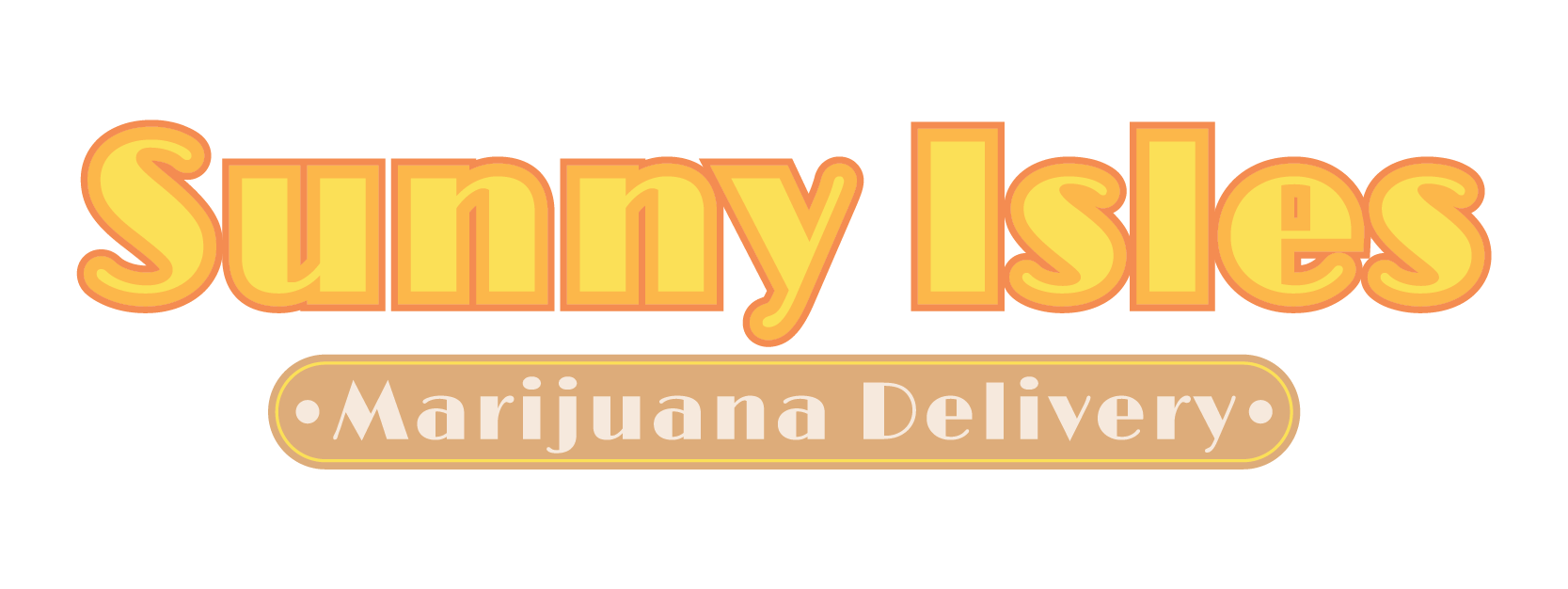The medical cannabis industry has grown significantly in both Canada and the United States, with each country taking a unique approach to regulation, cultivation, and patient access. As of 2024, both countries have robust medical cannabis programs, but key differences remain due to varying laws, regulatory structures, and public perception. This article examines the growth of medical cannabis in both countries, exploring the similarities and differences in their systems.
Medical Cannabis in Canada
Canada was one of the early adopters of medical cannabis. The nation first legalized medical cannabis in 2001 under the Marihuana for Medical Purposes Regulations (MMPR). This program allowed patients with a doctor’s prescription to access medical cannabis. However, the most significant shift occurred in 2018 when Canada fully legalized recreational cannabis with the Cannabis Act, allowing a unified framework for both recreational and medical cannabis.
Today, medical cannabis in Canada is available nationwide, and patients can legally purchase products like flower, edibles, oils, and topicals from licensed producers. Unlike the U.S., where states individually regulate cannabis, Canada has a federal framework, meaning the rules are consistent across all provinces and territories. This federal structure simplifies things for patients and businesses, making it easier to access and distribute cannabis across the country.
Patients in Canada typically access cannabis through online dispensaries, licensed retail stores, or directly from licensed producers. They must have a prescription from a healthcare provider and can even grow a limited amount of cannabis at home for personal medical use.
Medical Cannabis in the United States
The United States, in contrast, has a fragmented system. While medical cannabis remains federally illegal, 38 states have legalized it at the state level, creating a patchwork of regulations. Each state has its own laws regarding the conditions that qualify for medical cannabis, the types of products allowed, and the dispensary system.
States like California, Colorado, and Florida have well-established medical cannabis programs, offering a wide range of products including flower, vapes, and edibles. The process for obtaining medical cannabis involves getting a doctor’s recommendation and registering with the state’s medical marijuana program.
One key difference between the U.S. and Canada is that in the U.S., each state operates its own medical cannabis system. This means that access and legality can vary significantly depending on where a patient lives. For example, a patient in California might have access to a wider range of products and dispensaries than someone in Texas, where medical cannabis is more restricted. Additionally, the U.S. allows individual states to decide whether they will permit home cultivation for medical purposes, while this is more standardized in Canada.
Similarities Between the Two Countries
Both Canada and the U.S. have seen rapid growth in the medical cannabis market. In both countries, the patient base has expanded as research continues to demonstrate the therapeutic benefits of cannabis for conditions such as chronic pain, PTSD, epilepsy, and cancer-related symptoms.
Another similarity is the focus on patient education and regulatory compliance. Both countries have strict guidelines for cannabis cultivation, product testing, and patient access. Licensed producers in both nations must adhere to strict quality control standards to ensure that patients receive safe, contaminant-free products.
Differences in Regulation and Growth
The most significant difference lies in the federal vs. state/province regulation. In Canada, the federal Cannabis Act governs both medical and recreational cannabis, creating a cohesive national framework. In contrast, the United States operates under a patchwork of state laws, leading to variability in patient access, pricing, and the types of products available. This fragmented approach in the U.S. has slowed the overall growth of the industry compared to Canada, where the streamlined federal framework supports a more consistent market expansion.
Currently
The growth of medical cannabis in both Canada and the United States highlights the therapeutic potential of the plant. While Canada’s unified federal system provides a more streamlined approach, the U.S. remains divided, with each state setting its own rules. Despite these differences, both nations have seen significant increases in medical cannabis use and continue to expand access for patients in need.
Sources:





